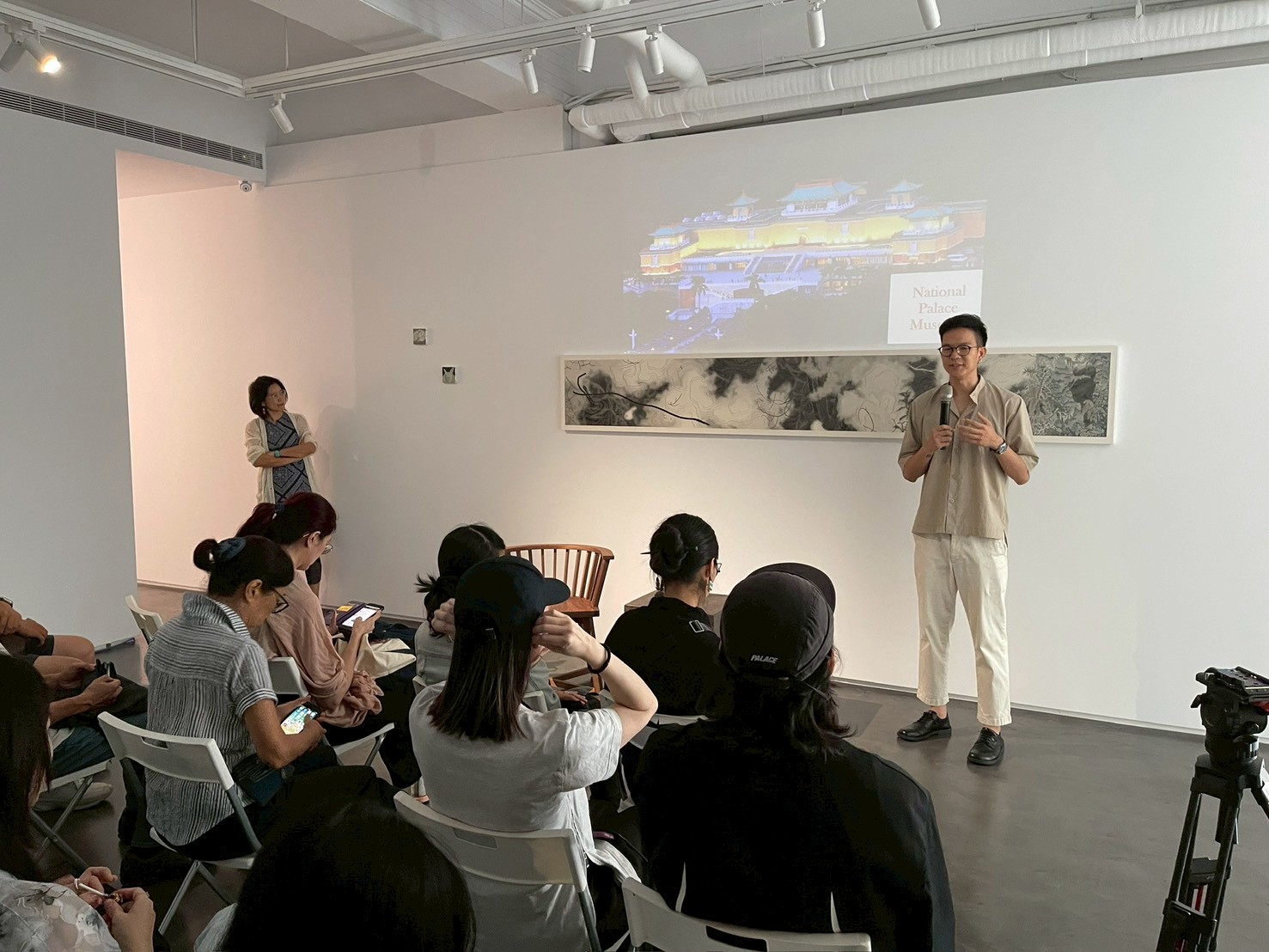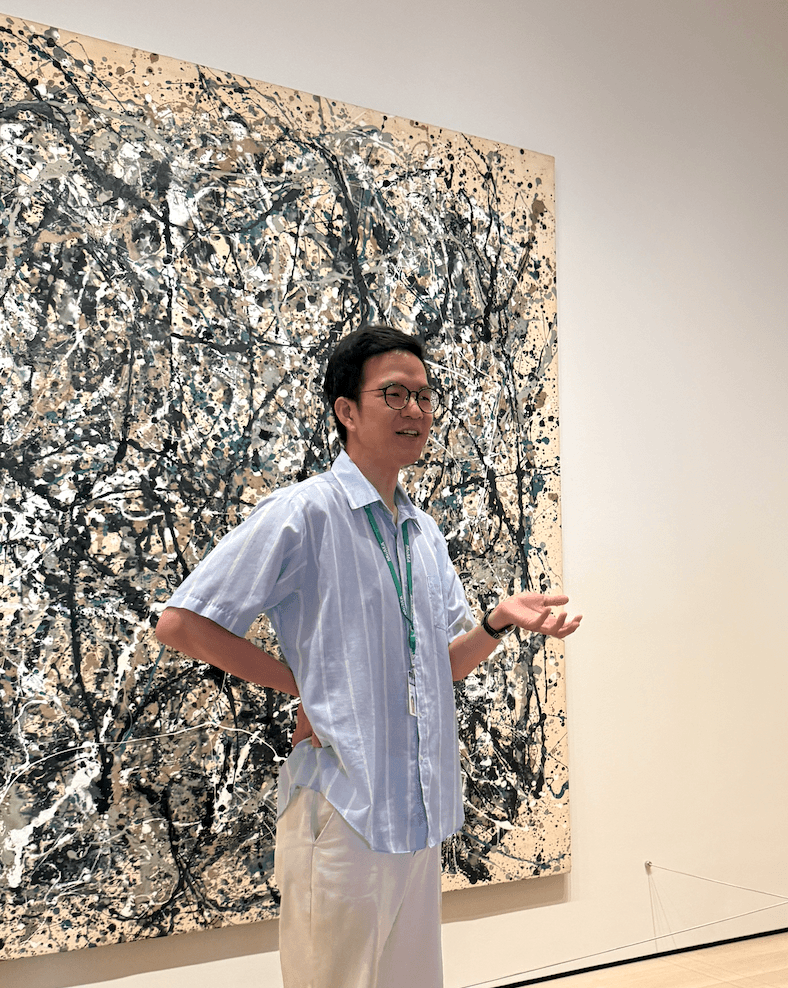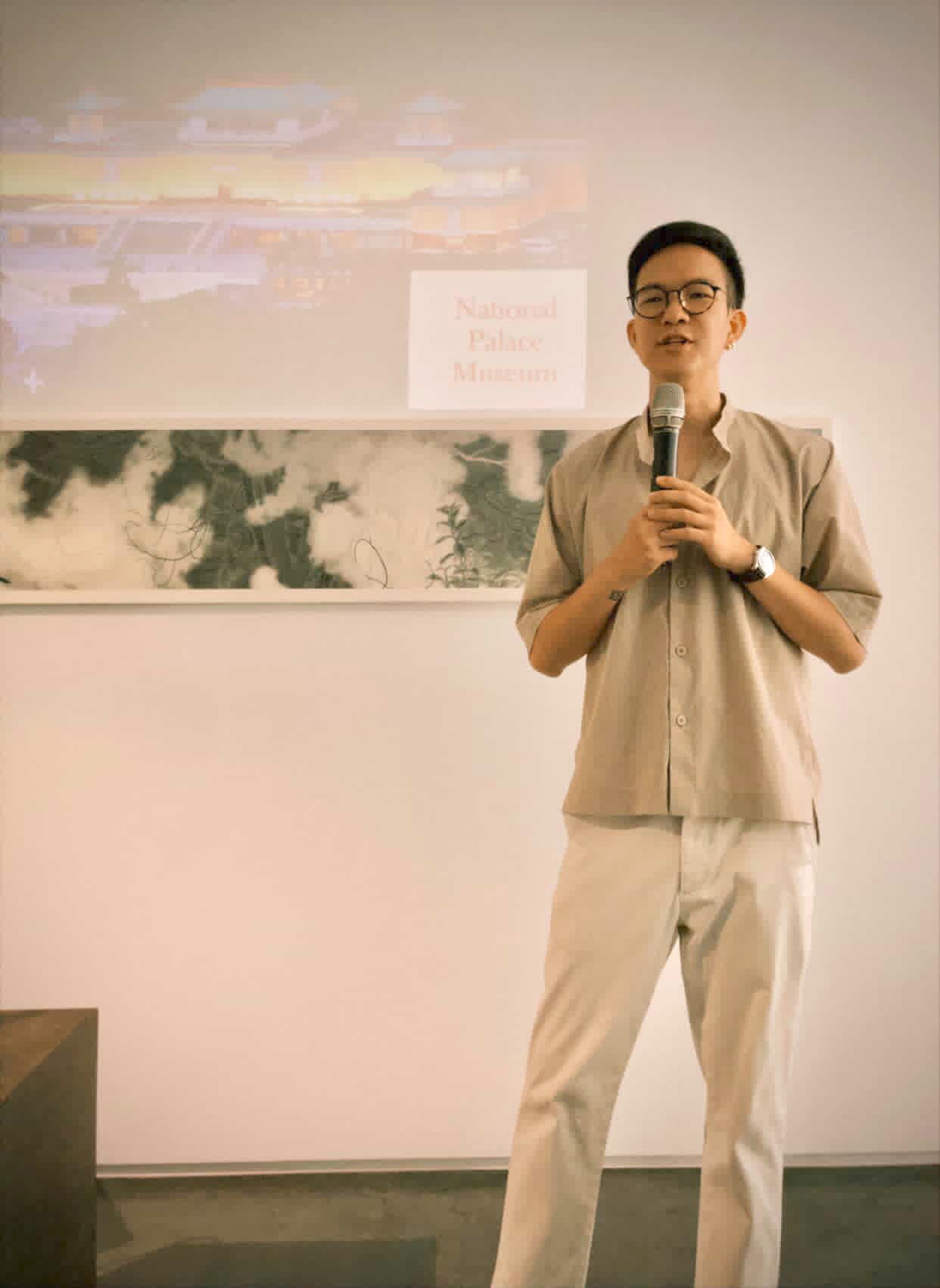We recently connected with Chihyang Hsu and have shared our conversation below.
Chihyang, looking forward to hearing all of your stories today. We’d love to hear about a project that you’ve worked on that’s meant a lot to you.
One of the most meaningful projects I’ve worked on was curating exhibitions for Formosan Association for Public Affairs (FAPA) in New York City and Ruomu Gallery in Taipei. Both projects connected artists and ideas between Taiwan and the U.S., which are the two places that really shape who I am.
At FAPA, I co-create a platform that brought together Taiwanese and international artists working in performance, photography, and installation—really focusing on how identity and movement influence artistic expression. Later, at Ruomu Gallery, I curated a show called Five Tales of Becoming, which explored the history of National Palace Museum in Taiwan and the forming of Taiwanese identity.
What made these projects special to me was how they allowed me to bridge the two art worlds I belong to—Taipei’s close-knit, experimental community and New York’s more global, concept-driven scene. It felt like I was not only curating art, but also building cultural connections and helping artists and audiences find shared ground across different contexts.

Chihyang, love having you share your insights with us. Before we ask you more questions, maybe you can take a moment to introduce yourself to our readers who might have missed our earlier conversations?
I am an art professional working at the intersection of curation, education, and cross-cultural exchange between Taipei and New York. I grew up in a family deeply rooted in the art world, and our gallery in Taipei has been part of the city’s creative community for decades. Later, I expanded my experience in New York, where I became involved in both the academic and institutional sides of the art field.
Currently, I work as a museum guide at the Museum of Modern Art, where I lead tours that help visitors connect more deeply with modern and contemporary art. One of my most memorable experiences was guiding the Taiwanese Representative to New York and other cultural delegates, using art as a bridge to foster dialogue and mutual understanding between Taiwan and the United States.
I often reflect on something a great artist once said: “Once you’re great in a discipline, you become the curator.” I relate to that deeply because my foundation is in visual art. Before curating, I spent years as a photographer, which trained my eye and sensitivity to composition, rhythm, and emotional nuance in images. That experience continues to shape how I approach exhibitions, where I think in visual narratives and spatial storytelling.
Alongside my curatorial practice, I have curated exhibitions that explore ideas of identity, memory, and belonging. Projects such as Five Tales of Becoming at Ruomu Gallery and my collaboration with the Formosa Association for Public Affairs have allowed me to connect artists and audiences across the two cultural contexts that shape me.
I am also developing an interactive online art course designed to help people engage with visual art more confidently and creatively, though it is still in progress. What sets my approach apart is the balance between conceptual depth and accessibility. I see art not as something distant or exclusive, but as a living language that everyone can take part in.
Whether I am curating, teaching, or leading a museum tour, my goal is to create experiences that foster connection and curiosity—helping people see art not just as images on a wall, but as a shared space for dialogue and imagination.

What do you find most rewarding about being a creative?
For me, the most rewarding aspect of being a creative is the way it allows me to connect people, sometimes even across cultures or backgrounds that seem far apart. Art can turn something personal into something shared. When a viewer responds to a piece I have worked on, maybe it reminds them of their own story or helps them see something in a new way, that moment of recognition feels incredibly meaningful.
I also love the process itself. Creativity keeps me curious. There is always something new to explore, a new perspective to try on. It is both playful and challenging, and that balance is what keeps me inspired.

What do you think is the goal or mission that drives your creative journey?
I want to make art feel accessible. I believe that art is a living language that everyone can participate in, not something reserved for a select few. Whether I am curating an exhibition, developing a course, or guiding visitors through a museum, my goal is to create experiences that invite people to feel curious and included. If someone leaves with a question, a spark, or a sense of belonging, then I feel I am moving in the right direction.
Contact Info:
- Instagram: https://www.instagram.com/hsu_chihyang/




